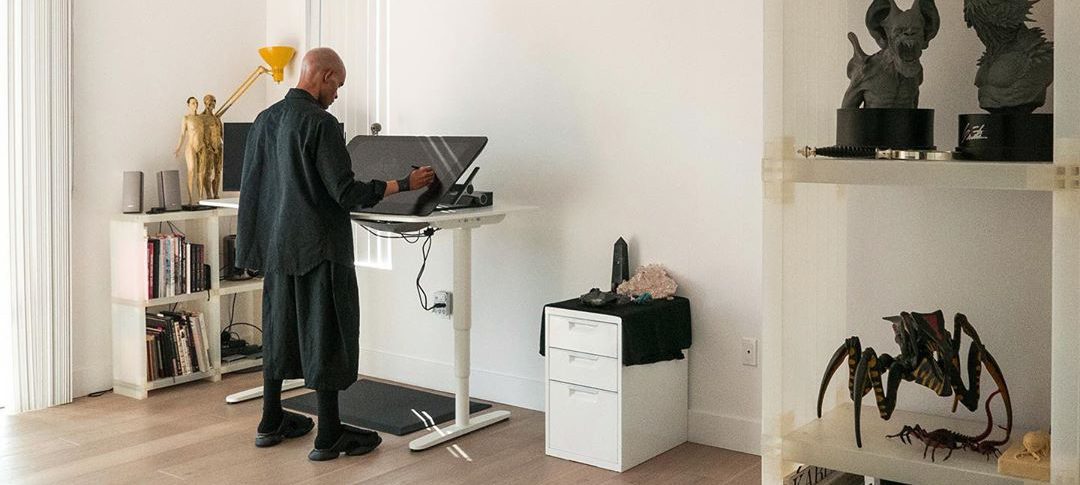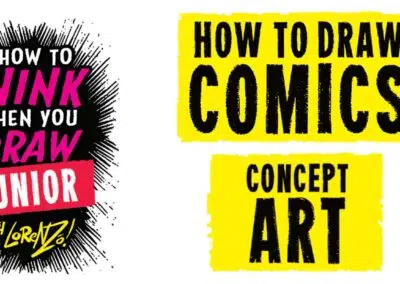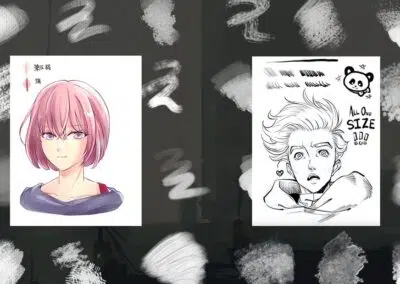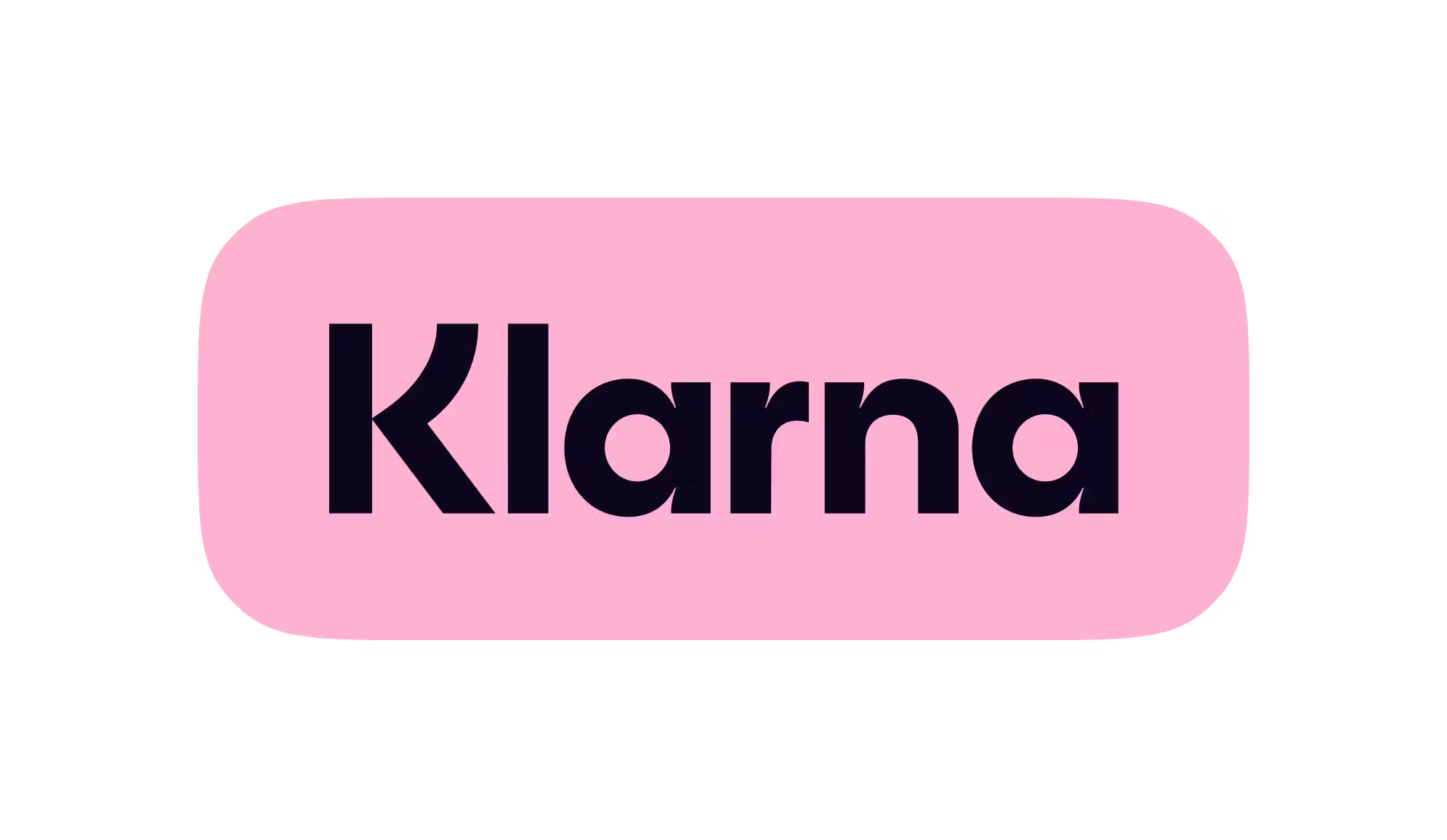We artists have similar origin stories. There was that moment in our childhood where we were inspired by a movie, or a comic book, or a favorite toy. That inspiration compelled us to recreate the artwork that first captured our imagination. We pick up a pencil, crayon, or piece of chalk and etch a series of marks that form our first work of art. Does this sound familiar? Masters of the Universe toys were the works that sparked my imagination. I was 6 years old when my mother, employed as a cashier at the Kmart on 21st and Woodlawn in our midwest town of less than 300,000, used her employee discount to buy me a new Masters of the Universe figure every few weeks. Eventually, my MOTU collection grew into a respectable army. Every night, I would lean back on my black vinyl bean bag, surround myself with dozens of MOTU figures, and stage epic space operas that pitted Castle Greyskull against Snake Mountain. This is what compelled me to want to create fantastical worlds. My inner artist was born through pure play.
From there, I used primary yellow HB school pencils to scribble my thoughts onto cheap printer paper. I outgrew those materials in high school, where I preferred using my Staedtler blue pencil set and bounded sketch pads. I grew even more particular (or pretentious) with each passing year, upgrading to Caran d’Ache pencils and Moleskine sketchbooks. I would spend countless hours pouring my imagination into these sketchbooks to create sketches, life studies, and fan art. Years later, I found myself itching for more advanced tools and started dabbling in Photoshop to create my first -horribly executed- digital art works using a pre-owned Wacom Intuos tablet. I was proud of these terrible paintings. We all love our first creations. The uglier the better.
Then one day I decided to get serious about my art. I call this stage the artist’s gilded mirror. This is where an artist takes the plunge to invest in himself as a professional by buying a bigger digital art tablet, paying for commercial software licenses, and enrolling in art classes. It’s in classes, whether in-person or online, where your work is critiqued in a group setting by other artists for the very first time. Those first critiques are brutal. They completely shattered the image I held of myself as the next Rembrandt. Suddenly, everyone around me was much more talented. Everything that I ever thought was good about my work was called into question. I began to wonder why I spent so much time and money on my art. That investment was a gilded mirror that forced me to confront the commitment I made to my artistic journey.
Each class reminded me how much more difficult it was to create art at the level I desired. There are always so many new techniques to learn, software programs to master, design trends to keep on top of, and on and on. As I struggled to keep pace with these challenges, something strange began to happen. My artistic sensibility, once mine and mine alone, began to be influenced by peers, professors, and the art industry. Earlier on I created art because I wanted to recreate the joy I felt as an inspired child. Now, self-doubt crept in. I second-guessed my skills, techniques, art mediums, and whether I wanted to pursue art as a profession versus a hobby. These things can wreak havoc on the artist’s psyche, turning what was once an almost meditative practice into a stressful activity riddled with anxiety. Can we ever return to our safe creative space once it’s been compromised by external judgment? How do we recreate the magic that sparked our inner child artist?
It’s possible to return to artistic innocence. Doing so requires honesty. We have to ask ourselves, “What kind of artist am I?”
First reflect on your source of motivation. Does the act of creating art bring me joy regardless of the result or other people’s reactions? Or, do you need others to appreciate your art?
Then, consider if art should be the center of your professional life. Do I need financial validation to continue investing in my art skills? Or, will I always make time and sacrifice elsewhere to improve my skills?
And finally, think through what kind of expression brings you joy. Am I happier creating original artworks? Or, do I prefer to build on someone else’s work?
I encourage you to answer these questions honestly and to follow the answers to your own personal conclusion. Doing this has helped me to quiet the voices of self-doubt so I can create from a place of authenticity. It’s helped me to bring my best self -along with the unbridled imagination of that little boy staging epic space operas with his MOTU toys- to my black Wacom Cintiq 32 Pro tablet. The Cintiq has replaced the black vinyl bean bag from my youth; I am using it to sculpt my own fantasy characters that will play a part in some little boy’s or girl’s epic space operas.
This is me in 1984 wearing my favorite Bruce Lee pajamas and holding figures of Grizzlor and Battle Armor He-Man. The beanbag was just out of shot.
Quincy Vadan is an artist living in Los Angeles. Quincy began his art career studying fine art and illustration for 6.5 years at the Academy of Art University in San Francisco. He was then awarded a merit scholarship to attend Parsons School of Design in New York City. Quincy declined to pursue self-study of 3D art and cultivate his aesthetic palette. He spent the next 5 years incubating: training in the latest digital art techniques, advancing traditional art skills, combining the two, and applying them to designs that are in his signature style. From fashion fits to digital characters to jewelry, his designs, which are often described as “beautifully original,” “a compelling blend of masculine/feminine, practical/fantastical, simple/ornate,” and “of the future and yet eternal,” are the result of a decade of journeying to uncover mastery, beauty, and meaning.
Follow Quincy:







